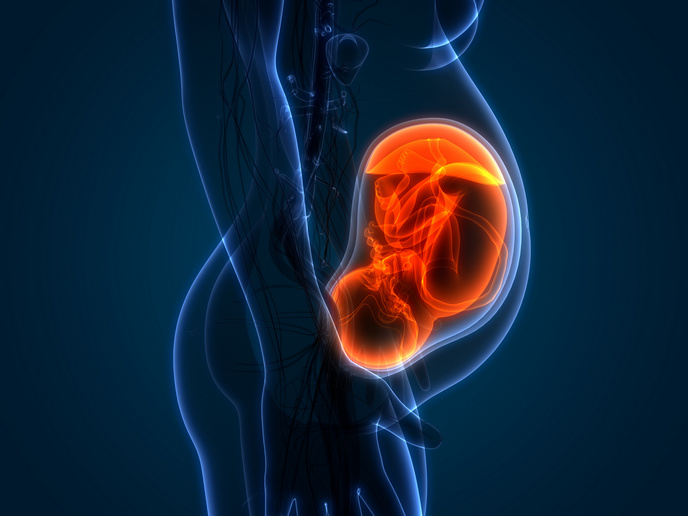Understanding how the nervous and immune systems cooperate
Diet, immune cells and intestinal microbes(opens in new window) are the key ingredients to a number of the human body’s vital functions. Their interaction allows the body to extract energy and nutrients from the food we eat, protects us against pathogenic microbes and maintains a healthy epithelial barrier(opens in new window). “While these complex networks are of vital importance to homeostasis(opens in new window), an inadequate host-microbe relationship can cause cancer and chronic inflammatory diseases,” says Henrique Veiga-Fernandes, a researcher at the Champalimaud Centre for the Unknown(opens in new window). With the support of the EU-funded GliaInnateSensing project, Veiga-Fernandes is working to better understand how the nervous and immune systems cooperate to promote tissue health and ensure recovery from diseases. “We are using multidisciplinary approaches to decipher the underlying mechanisms of neuroimmune(opens in new window) interaction in such diseases as chronic inflammation, infection, metabolic disorders and cancer,” he adds.
Groundbreaking discoveries
Although still a work in progress, the GliaInnateSensing project, which was supported by the European Research Council(opens in new window), has already made several groundbreaking discoveries on how the nervous and immune systems interact to promote health and fight disease. “We demonstrated how these two systems cross-talk within multiple organ contexts in order to promote a healthy life,” explains Veiga-Fernandes. One of the project’s key findings is that glial cells(opens in new window), an important component of the intestinal nervous system, interact with innate immune cells(opens in new window). “This interaction enhances the intestinal system’s defence against infection and protects the organ from inflammatory diseases,” remarks Veiga-Fernandes. Other important outcomes include showing how pulmonary neurons instruct innate lymphocytes to fight infection and how light-induced, brain-derived signals communicate with the intestinal immune system to control infection.
Partners in well-being
According to Veiga-Fernandes, getting to these conclusions was not always easy. For example, having discovered that the immune cells in the intestines are in constant conversation with local neurons, researchers had to expand their research to include brain-derived signals. Because this was a subject outside the laboratory’s expertise, the project joined forces their neuroscience colleagues. Together, they developed and implemented surgical and genetic experiments to explore how the brain controls immune responses in the gut. “Our work shows how systems that have historically been considered isolated entities are in fact close partners in promoting our well-being,” concludes Veiga-Fernandes. “This discovery has created a renewed and profound interest in neuroimmunology – an interest that is now being explored by academia and the pharmaceutical sector.” Having successfully identified the key cellular and molecular players of neuroimmune choreographies in the intestines and lungs, researchers are now turning their attention to how these circuits can be exploited to treat inflammatory, infectious and oncological diseases.







